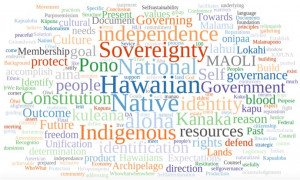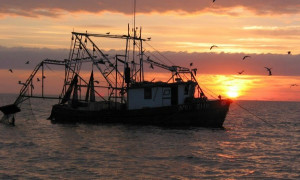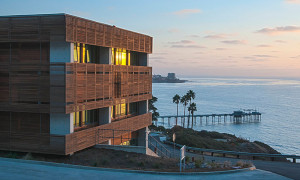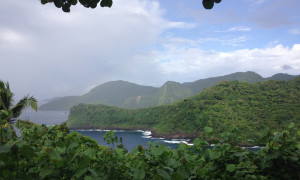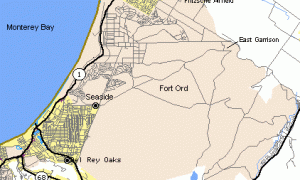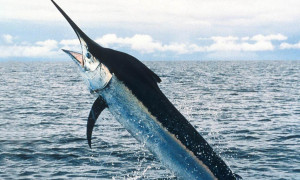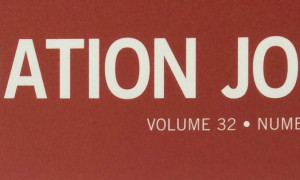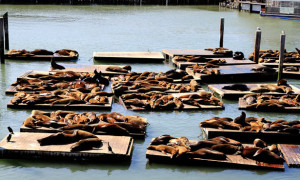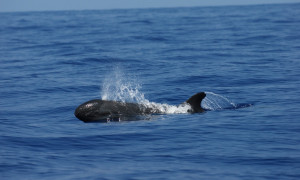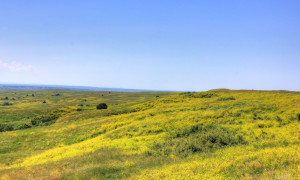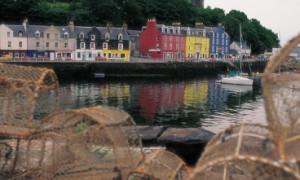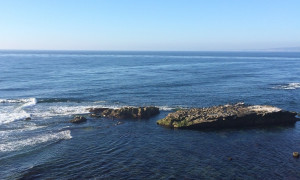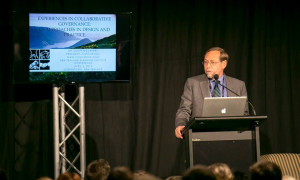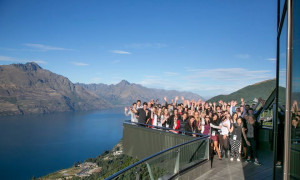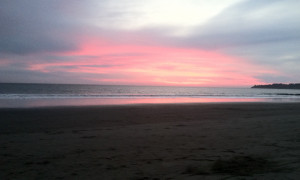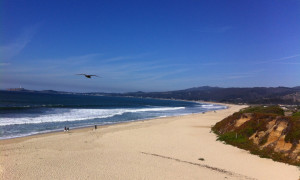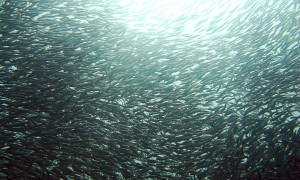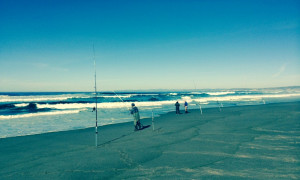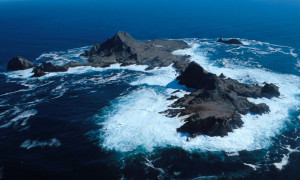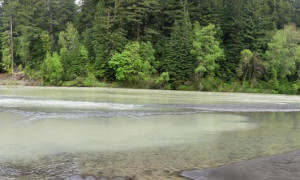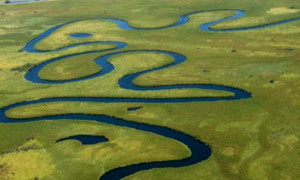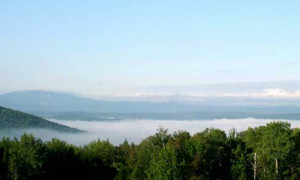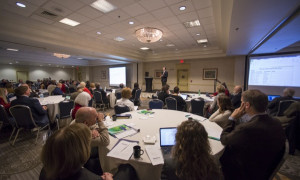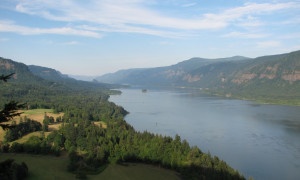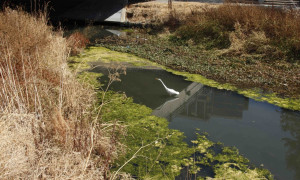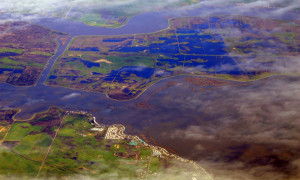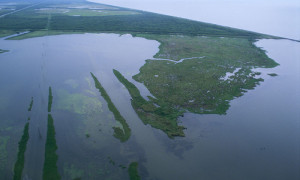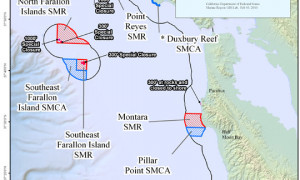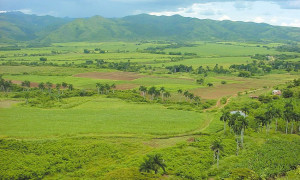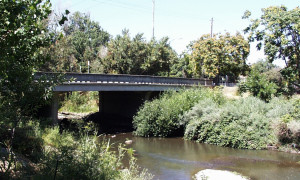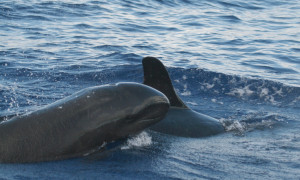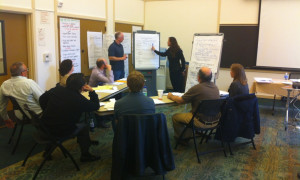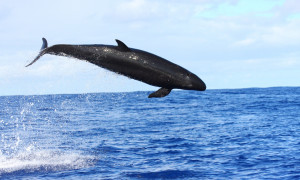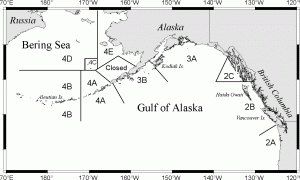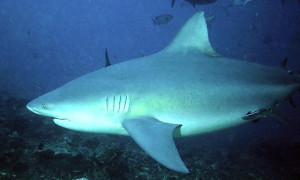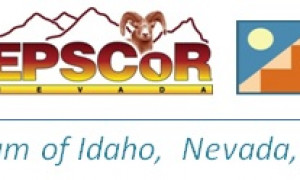Creating Stable Agreements in Marine Policy: Learning from the South Coast Marine Life Protection Act Initiative
Scott McCreary, Phyllis Griffman, Meredith Cowart. Negotiation Journal Volume 32, Issue 1, pages 23–48, January 2016
We at CONCUR are committed to actively reflecting on professional practice and advancing and critically testing theory in day-to-day operation. Our article “Creating Stable Agreements in Marine Policy: Learning from the South Coast Marine Life Protection Act Initiative” http://onlinelibrary.wiley.com/doi/10.1111/nejo.12145/full
in Negotiation Journal, published by the Harvard Program on Negotiation exemplifies this approach.
Our analysis is built on multiple tracks of information: our first-hand experience as participants the process, a detailed post-hoc survey of the participants of RSG members jointly conducted with our partners at the USC Sea Grant program, and a close review of relevant literature--which is based on dozens of other cases of conflict resolution efforts. We highlight four major problematic process design choices that encouraged stakeholders to engage in positional bargaining, discouraged them from developing cross-interest agreements, and ultimately led to a distrust of process legitimacy. We hope that this deeper dive into the California MLPA process can improve future marine planning processes around the globe and valuable insights for the launch of other collaborative processes.
"Science-based and stakeholder-driven marine protected area network planning: a successful case study from north central California"
Gleason, Mary, Scott McCreary, Melissa Miller-Henson, John Ugoretz, Evan Fox, Matt Merrifield, Will McClintock, Paulo Serpa, Kathryn Hoffman. In Ocean & Coastal Management 53 (2010) 52-68. January 2010.
CONCUR Principal Scott McCreary co-authored this article with Marine Life Protection Act Initiative colleagues. In documenting the Initiative's North Central Coast Regional Stakeholder Group process, the article highlights enabling factors, strategic principles and key decision support elements that accounted for a successful collaborative planning process. One of first peer-reviewed articles to document planning for a network of Marine Protected Areas (MPAs), the authors link the rich case study to published literature on conservation biology and public policy mediation. Full reprints of the published article are available for download/purchase via the journal publisher at http://www.journals.elsevier.com/ocean-and-coastal-management/.
Applying a Mediated Negotiation Framework to Integrated Coastal Zone Management.
Scott T. McCreary et. al. May 4, 2000; Coastal Management Journal, 29(3):183-216, 2001.
Presents a typology to classify the way coastal management literature addresses conflict resolution. Describes the need for detailed case studies on the use of alternative dispute resolution to solve complex coastal issues with multiple parties. Presents two case studies of CONCUR’s work as a neutral mediator to resolve issues using a formal stepwise model emphasizing stakeholder analysis, joint fact-finding and single text negotiation.
Refining and Testing Joint Fact-Finding for Environmental Dispute Resolution: Ten Years of Success.
Scott T. McCreary, John K. Gamman, et.al. May 4, 2000. Mediation Quarterly, Volume 18 (4).
Describes the advantages of joint fact-finding techniques over the more traditional "blue ribbon panel" and "adversary science" models. Describes how to implement joint-fact finding techniques. Finally, the paper suggests means for linking the results of the joint fact-finding process to a final agreement. Summarizes CONCUR's use of the technique in several cases.
Bioregional Conflict Resolution: Rebuilding Community in Watershed Planning and Organizing.
John Gamman, Michael Vincent McGinnis, and John Woolley. Environmental Management, pp. 1-12. July 1999.
Characterizes the valued-based conflicts that watershed managers are likely to face in planning. The authors propose that utilizing collaborative decision-making strategies is important, but successful long-term watershed planning requires rebuilding a community-based infrastructure that can support important social and bioregional networks and partnerships.
How Can Joint Fact-Finding Help Coastal Management: Facilitated Independent Scientific Review of the CALFED Agricultural Water Conservation Goals.
Scott T. McCreary and Tom Gohring. From Coastal Zone 99: Abstracts of Presentations, July 27-29, 1999, pp. 99-101. Edited by Urban Harbors Institute University of Massachusetts Boston, 1998.
Presented at Coastal Zone '99. Tracks the development and execution of a joint fact-finding process to craft an agreement on water conservation as part of the CALFED Water Use Efficiency Program. Written from the dual standpoints of an agency convenor and a nonpartisan facilitator.
Identifying and Overcoming Obstacles to Resolving Cross-Cultural Disputes.
John K. Gamman. From Cultural Survival, Vol. 19, No. 3, 1995.
This article discusses the relationship of culture to environmental negotiations, and the importance of the "culture of decision-making." Included in the article are two case studies of environmental negotiations in the Caribbean. Finally, the author examines how to create negotiated partnerships for sustainable development.
Independent Fact-Finding as a Catalyst for Cross-Cultural Dialogue: Assessing Impacts of Oil and Gas Development in Ecuador's Oriente Region.
Scott T. McCreary. From Cultural Survival, Vol. 19, No. 3, 1995.
Reviews the author's experience on a team that conducted an independent review of environmental impacts associated with oil and gas exploration in Ecuador's Oriente (Amazon) region. Examined in the article are the strategies used for framing the issue for investigation, information gathering methods used to redress power imbalances, and the presentation of and response to the Independent Review Team's report. Concludes with recommendations for using an independent review team model to initiate cross-cultural negotiation.
Facilitated Negotiation: A New Solution for Dealing with Public Siting Controversies.
John K. Gamman and John C. Jostes. From MSW Management, Elements, 1994.
Describes problems with current and describes elements of developing a new siting approach using consensus-based agreements. Discusses critical elements in facility siting and preventing unstable relationships between the parties. A consensual decision-making process for siting controversial facilities is outlined, including establishing key advisory groups, designing a facility-siting dialogue, and transforming conflict into an opportunity to gain agreements.
Battle of the Bulging Metropolis: Negotiating Our Way into Infill.
Scott T. McCreary, John K. Gamman and Staci L. Lanza. From On The Ground, Vol. 1, No. 1, Fall 1994.
Discusses the steps to successful land-use dispute resolution, and describes key factors to consider in choosing mediation.
A Process for Incorporating Comparative Risk into Environmental Policymaking in Louisiana.
Regina Thompson, Paul H. Templet, John K. Gamman, Scott T. McCreary, and Margaret A. Reams. From Risk Analysis, Vol. 14, No. 5, 1994.
Examines the procedures and findings of Louisiana's effort to bring together scientific information and public perceptions in a comprehensive risk analysis of pressing environmental problems.
Land Use Change and Impacts on the San Francisco Estuary: A Regional Assessment with National Policy Implications.
Scott McCreary, Robert Twiss, Bonita Warren, Carolyn White, Susan Huse, Kenneth Gardels, and Dominic Roques. From Coastal Management, Vol. 20, 1992.
Reports on the methods, findings, and policy implications of a major study undertaken for the San Francisco Estuary Project. Summarizes the legislative impetus for improved estuarine management. Also included is a discussion of the authors' analysis of the effects of land use change on the estuary, and how the findings relate to several management options to help frame the debate over estuarine management.
Prospects for Transfer of the California Conservancy Model for Habitat Restoration to Other Coastal States.
Scott McCreary, Mark Adams. From Coastal Management, Vol. 16, 1988.
This paper considers unmet wetlands management needs that a Conservancy could fulfill, identifies major obstacles that could block creation of such a bureau, and suggests ways to overcome these obstacles and proceed with state-sponsored programs of habitat restoration.



